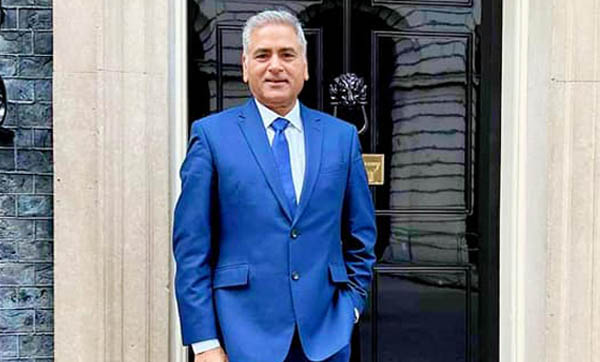Leading Small Public Organizations

By Ibne Saif
ibnesaif@gmail.com
Navigating the complexities of leadership is challenging in any context, but for those at the helm of small public organizations, the hurdles are uniquely formidable. The role demands a blend of versatility, resilience, and ingenuity, all within a framework of limited resources and heightened community expectations.
First and foremost, small public organizations often operate with scarce financial and human resources. Unlike their larger counterparts, these organizations can’t rely on extensive budgets or specialized teams. Leaders must make do with what they have, prioritizing tasks and often stepping into multiple roles to ensure the organization’s survival. This scarcity demands not just managerial skill but also a capacity for innovative problem-solving and resourcefulness.
The broad scope of responsibilities is another significant challenge. In a small public organization, a leader’s role isn’t confined to strategic oversight. They might also find themselves handling day-to-day operations, financial management, human resources, and community engagement. The lack of specialized departments means that leaders must be jacks-of-all-trades, capable of switching between roles seamlessly and effectively. This wide-ranging responsibility can be both physically and mentally taxing, often leading to burnout if not managed carefully.
Community expectations add another layer of complexity. Public organizations are accountable to the communities they serve, and small organizations, in particular, feel this pressure acutely. The close-knit nature of these communities means that leaders are often under intense scrutiny. Every decision is subject to public opinion, and there is a constant need to balance competing demands and priorities. Failing to meet these expectations can result in loss of trust and support, which are crucial for the organization’s survival and success.
Funding constraints are a perennial issue. Small public organizations typically rely on government funding, grants, or donations, which can be inconsistent and subject to political and economic fluctuations. This financial uncertainty makes long-term planning difficult and forces leaders to constantly seek new funding sources. The ability to write compelling grant proposals and engage in effective fundraising is as essential as any other leadership skill in this context.
Bureaucratic challenges also play a significant role. Navigating the maze of regulations and compliance requirements can be particularly onerous without adequate administrative support. Leaders must invest considerable time and effort into ensuring that all bureaucratic requirements are met, often at the expense of focusing on the organization’s core mission. This bureaucratic burden can be a significant drain on already limited resources.
Staff retention and development are critical yet challenging. Attracting and retaining talented staff is difficult when financial resources are limited, and the benefits package isn’t competitive. Moreover, opportunities for professional development may be scarce, which can lead to high turnover rates. This instability can disrupt operations and make it difficult to build a cohesive and motivated team. Leaders must find creative ways to motivate and retain staff, such as fostering a strong organizational culture and offering non-monetary benefits.
Finally, balancing immediate operational needs with long-term strategic planning is a delicate act. Leaders must ensure that the organization’s day-to-day activities are running smoothly while also keeping an eye on future goals and sustainability. This requires a careful allocation of resources and a clear vision for the organization’s future, which can be difficult to maintain amid the pressing demands of daily operations.
Despite these challenges, the role of leading a small public organization is incredibly rewarding. It offers the opportunity to make a significant impact on the community and to drive meaningful change at a grassroots level. Leaders who can navigate these difficulties with resilience and creativity often find that their work is deeply fulfilling and impactful. In conclusion, leading a small public organization is a daunting task filled with unique challenges. From limited resources and broad responsibilities to community expectations and bureaucratic hurdles, the role demands a special kind of leader—one who is adaptable, resourceful, and resilient. But for those who rise to the occasion, the rewards are substantial, both for themselves and the communities they serve.







